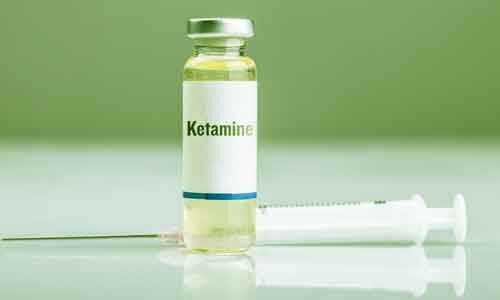
Abstract
Ketamine was introduced commercially in 1970 with the manufacturer’s description as a “rapidly acting, nonbarbiturate general anesthetic” and a suggestion that it would be useful for short procedures. With the help of its old unique pharmacological properties and newly found beneficial clinical properties, ketamine has survived the strong winds of time, and it currently has a wide variety of clinical applications. It’s newly found neuroprotective, anti-inflammatory, and antitumor effects, and the finding of the usefulness of low dose Ketamine liquid supplier regimens have helped to widen the clinical application profile of ketamine. The present article attempts to review the current useful applications of ketamine in anesthesia, pain, and critical care. It is based on scientific evidence gathered from textbooks, journals, and electronic databases.
INTRODUCTION
Ketamine has been in clinical use since 1970. It is a unique intravenous anesthetic that produces a wide spectrum of pharmacological effects including sedation, catalepsy, somatic analgesia, bronchodilation, and sympathetic nervous system stimulation. The availability of newer drugs, the disturbing emergence reactions of ketamine, its stigma as a “vet medicine”, and gaining popularity as a drug with abuse potential are factors, which would discourage its use by present-day anesthesiologists. However, ketamine because of its unique properties and newly found clinical properties has stood the test of time. It has a wide range of clinical applications even today. Most of the modern anesthesiologists receive minimal training with ketamine. They are not aware of the wide clinical applications of ketamine. Keeping this in mind, a thorough literature search was conducted through PubMed and Cochrane electronic databases. Various standard textbooks and journals of anesthesia were consulted. Based on this, the current indications of ketamine in anesthesia, pain, and critical care are discussed in this review article.
Pharmacokinetics
Ketamine is highly lipid-soluble and undergoes rapid breakdown and redistribution to peripheral tissues. It is metabolized extensively in the liver by N-demethylation and ring hydroxylation pathways.norketamine is the main metabolite and is one-third to one-fifth as potent as ketamine as an anesthetic. Ketamine is excreted in urine and feces as ketamine and as hydroxylated derivatives. It has a cumulative effect. Gradual resistance builds upon repeated administration.
Pharmacodynamics
Ketamine stimulates the cardiovascular system resulting in an increase in heart rate, blood pressure, and an increase in cardiac output, mediated principally through the sympathetic nervous system. It has minimal effects on central respiratory drive and produces airway relaxation by acting on various receptors and inflammatory cascades and bronchial smooth muscles. It increases salivation and muscle tone. It has cataleptic, amnestic, profound analgesia, and dose-dependent anesthetic actions. The cataleptic state is an akinetic state with the loss of orthostatic reflexes but without impairment of consciousness. The dissociative state produced by ketamine is unique in which the patient appears awake, but is detached from the surroundings with eyes remaining open.
As an IV induction agent in the emergency setting in shocked or hypotensive patients: The combination of rapid blood – cerebral transfer kinetics, sympathomimetic hemodynamic effects, and absence of idiosyncratic adverse effects like impaired steroidogenesis all confer distinct advantages on ketamine when used for rapid sequence induction in hemodynamically compromised patients. A study showed that ketamine is a safe and valuable alternative to etomidate for endotracheal intubation in critically ill patients with sepsis. Its free radical scavenging property, neuroprotective effects against cerebral ischemia, anticonvulsant activity, potential to limit hypotension and hypotension related secondary brain injury are favorable in patients with traumatic brain injury. In patients with cardiac tamponade and constrictive pericarditis, ketamine provides excellent anesthetic induction and maintenance.






More Stories
How to open corporate bank account Puerto Rico
6 Things a HubSpot Portal Audit Will Tell You
Binance launches proof-of-reserves system for BTC holdings • TechCrunch